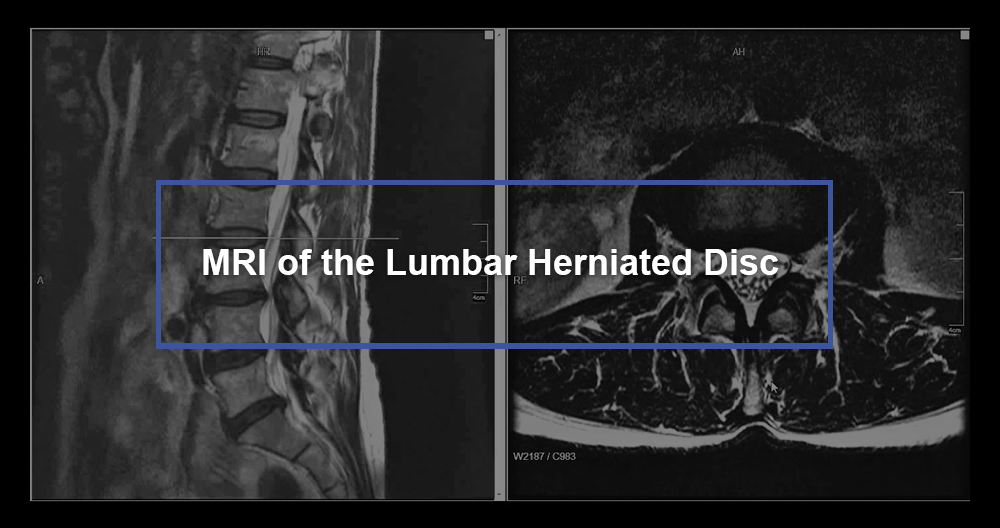Suffering is a shared experience that can significantly impact our everyday lives and overall health. Yet, suffering management is an art that merges the science of understanding pain with the ease of finding efficient relief. Whether you are experiencing sharp pain from an injury or the persistent challenges of chronic pain, knowing the suitable treatment alternatives available can make a significant difference in your quality of life.
In this detailed guide, we will explore the intricacies of pain control, examining the various types of pain and how they can be successfully managed. From dedicated pain management clinics to cutting-edge therapies and holistic approaches, we will delve into how these resources can help patients regain control over their pain. Understanding the mechanisms behind why we feel pain is crucial, as it lays the groundwork for exploring a range of treatments, from physical therapy and chiropractic care to alternative methods like acupuncture and mindfulness. Join us on this journey to uncover the many aspects of pain control and learn how to navigate this complex landscape in search of relief and ease.
Comprehending Pain Management
Pain management is a multifaceted approach designed to relieve the experience of pain while tackling its root causes. It includes a variety of methods and treatments aimed at enhancing the level of life for individuals dealing with both immediate and chronic pain. By using a combination of medical interventions, rehabilitative therapies, and daily modifications, pain management services endeavor to provide relief and recover functionality to those affected.
Acute pain typically manifests from particular injuries or health conditions and is often temporary, reacting well to immediate treatment methods. In contrast, ongoing pain persists over time, frequently requiring further comprehensive, ongoing management approaches. Grasping the differences between these two types of pain is essential for developing personalized treatment plans that effectively meet personal needs, which can vary from pharmaceuticals to more holistic approaches.
Pain control clinics play a crucial role in providing specialized care to clients suffering from various discomfort conditions. These clinics employ a integrated approach, including physicians, physical therapists, psychologists, and other experts to create an cohesive treatment plan. By addressing both the bodily and psychological aspects of pain, these facilities help patients regain control over their lives and boost their overall well-being, promoting a greater sense of empowerment in their pain management journey.
Effective Discomfort Alleviation Methods
Addressing pain successfully needs a comprehensive approach customized to the patient's needs and the nature of their pain. Considered acute and chronic pain can greatly impact daily life, causing it essential to explore diverse strategies that encompass clinical, physical, and holistic therapies. Grasping the underlying causes of pain assists direct the selection of appropriate treatment options, empowering patients to reclaim control over their lives.
Physical therapy is a cornerstone of pain management for many patients, particularly those suffering from chronic pain conditions. Through focused exercises and tailored techniques, physical therapists can assist patients enhance their strength, flexibility, and overall function. Additionally, they instruct individuals on the right body mechanics and provide advice on how to mitigate re-injury, thus promoting long-term pain relief. Integrating physical therapy with other modalities, such as chiropractic care, can additionally augment recovery and support a holistic approach to pain management.
Alternative therapies also have a vital role in pain management strategies. Techniques such as acupuncture and massage therapy have acquired popularity for their ability to reduce pain naturally. Research indicates that these treatments can help alleviate muscle tension and improve circulation, contributing to a decrease in pain levels. Furthermore, lifestyle changes, such as adopting an anti-inflammatory diet and practicing mindfulness, can favorably impact pain perception and overall well-being. By utilizing a holistic approach that combines various treatments, individuals can find effective relief from their pain and improve their quality of life.
Comprehensive Methods to Managing Pain
Comprehensive methods to managing pain focus on addressing the entire person rather than just the symptoms of pain. These approaches combine physical, affective, and mental aspects of health to create a more all-encompassing strategy. Techniques such as awareness and mental focus have been shown to diminish felt the sensation of pain by promoting calmness and lucidity. This can assist individuals better cope with their pain, leading to enhanced quality of life.

Including lifestyle changes and holistic practices can greatly influence pain management strategies. For original site , an inflammatory-reducing diet rich in natural foods can assist in reducing chronic pain. Moreover, consistent physical activity, tailored to individual capabilities, not only enhances physical health but also builds psychological strength against pain. Practices such as stretching and martial arts promote flexibility and calmness, both of which are crucial in addressing pain.
Alternative therapies like needle therapy and massage have also gained recognition for their efficacy in pain relief. Needle therapy treats pain through specific points in the body, encouraging self-healing and equilibrium. Bodywork provides both physical relief from tightness and a soothing experience that can alleviate tension and anxiety related to long-term discomfort. Together, these integrative approaches create a robust framework for addressing discomfort, highlighting the relationship between mental state and physical state in achieving overall health.
